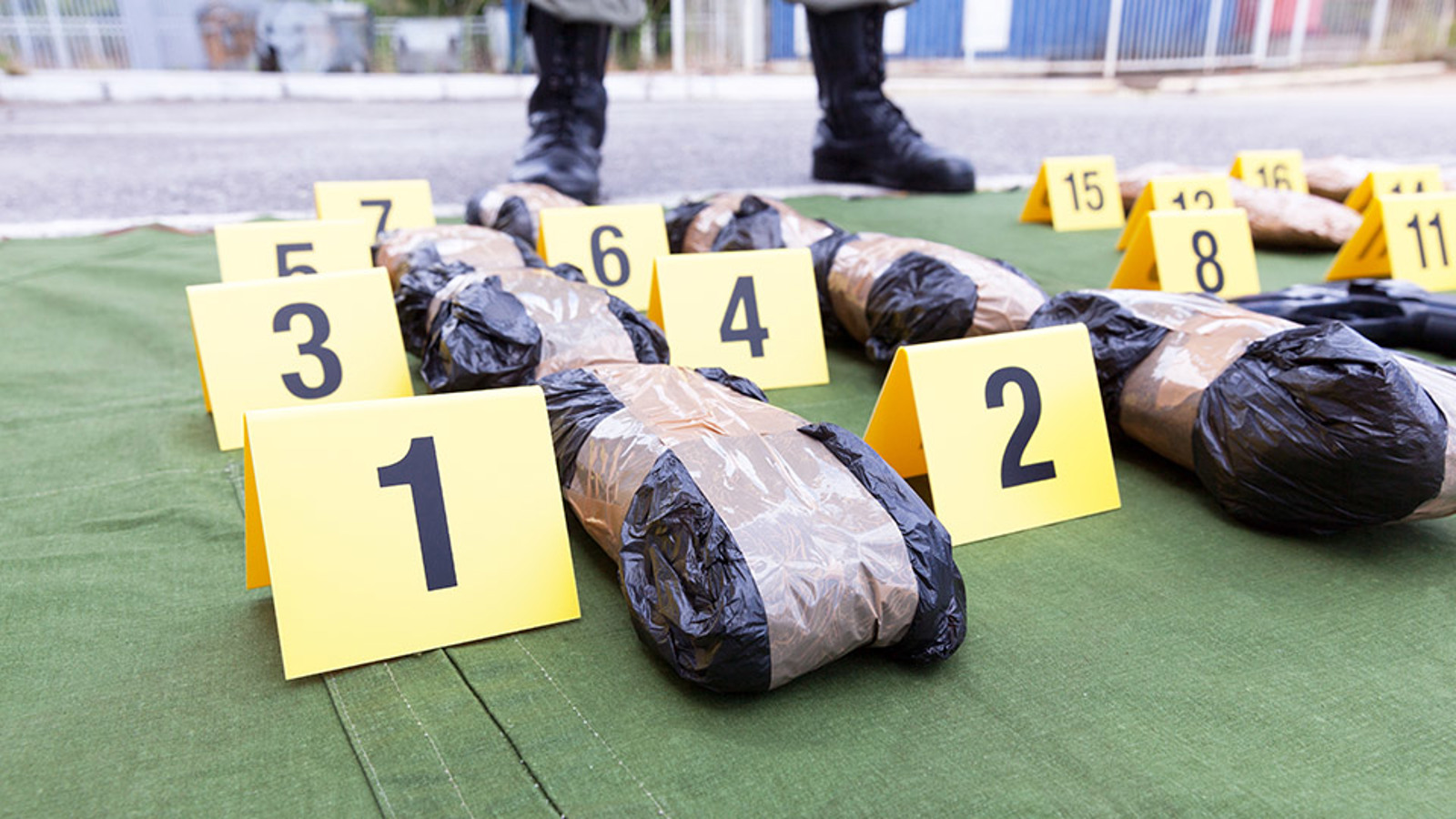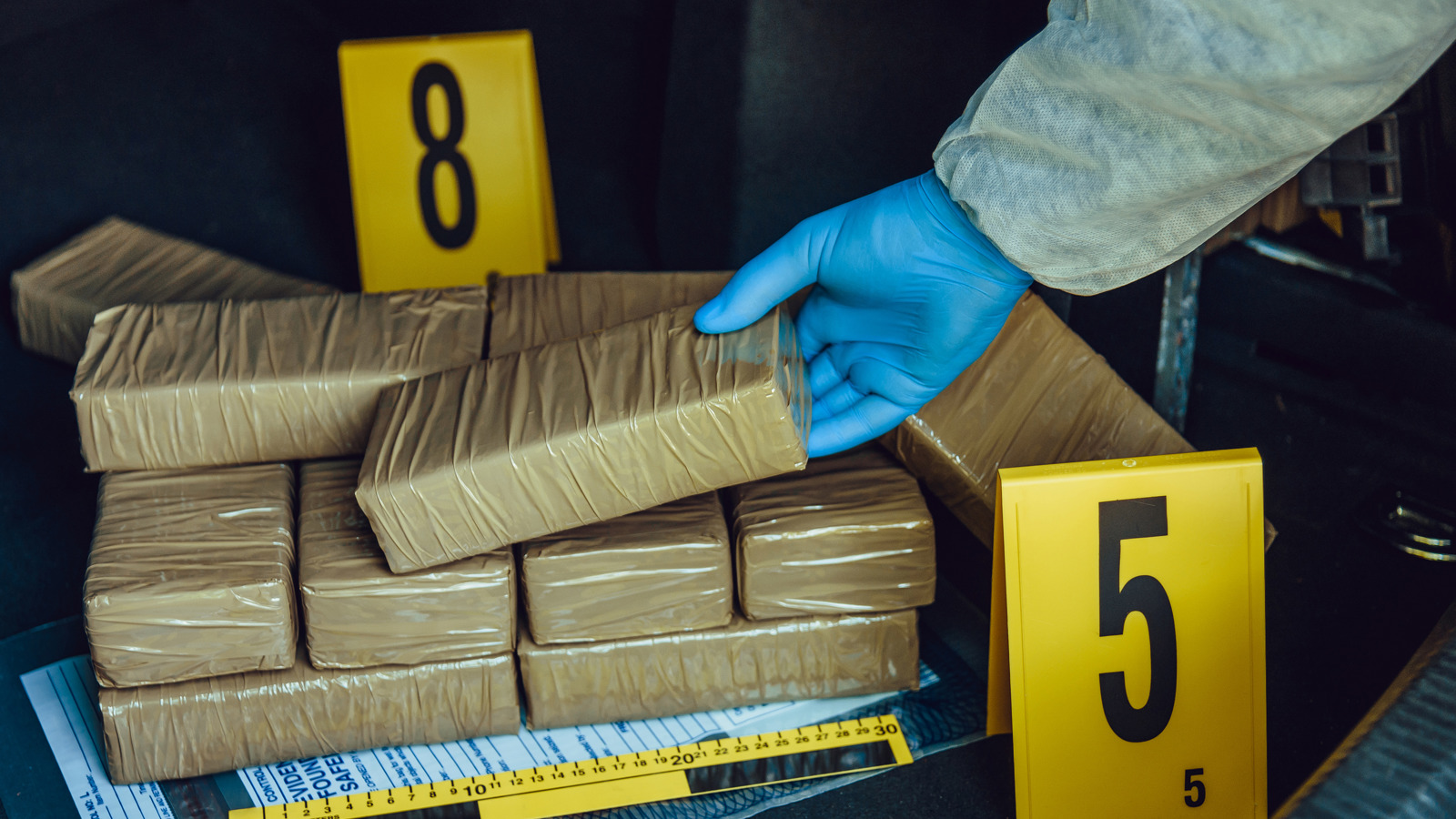What is the immediate action plan?
Upon receiving orders to enter a high threat area, the entity responsible for managing the ship (typically the owner, third party ship manager or even the Master within smaller companies) must immediately perform a full security risk assessment, including an evaluation of the threat (capability, opportunity, intent), the vulnerability of the ship/crew, the probability of a smuggling event happening, the impact of a smuggling event, and eventually the risk. This assessment should include a consideration of mitigation measures.
When the security risk assessment is complete, the necessary mitigating measures should be planned for and implemented, including procurement and installation of any appropriate equipment, briefing of crew members and undertaking drills and checks of procedures before entering the high threat area.




